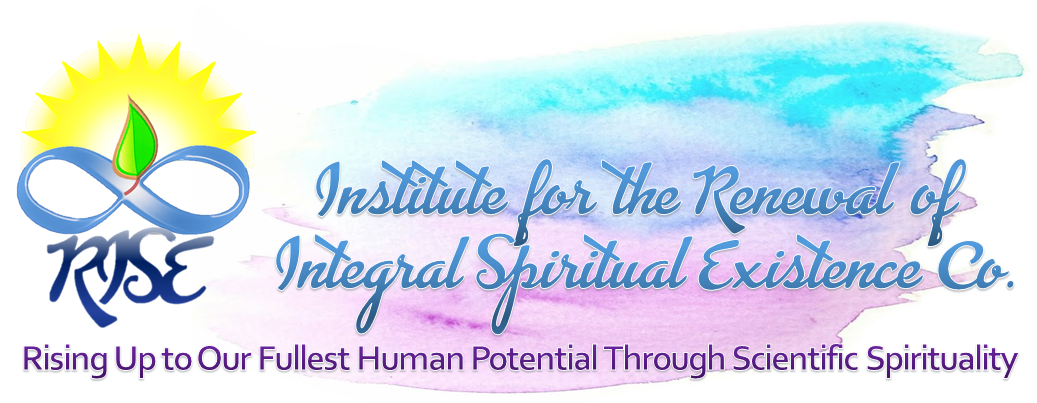The article features a short excerpt of the discussion in the historic meeting between Albert Einstein, the renowned physicist, and Rabindranath Tagore, the Nobel laureate poet, philosopher, and musician. Their meeting took place in 1930 and explored topics related to science, philosophy, and the nature of reality. Einstein held a scientific view of reality rooted in objectivity and empirical evidence, while Tagore emphasized the role of consciousness and intuition in understanding the world. The article highlights their differing perspectives on the nature of truth and reality and the fascinating exchange of ideas that occurred during their meeting.
Editor’s Note: The historic meeting between Albert Einstein and Rabindranath Tagore in 1930 serves as a captivating intersection of science and spirituality. Einstein, a symbol of scientific rigor, and Tagore, a poetic and philosophical luminary, engaged in a dialogue that transcended conventional boundaries. This meeting underscores the significance of interdisciplinary conversations in expanding our understanding of the universe. It reminds us that exploring the intersection of science and spirituality can lead to profound insights and inspire new ways of thinking about the fundamental questions of existence.
If you can find a copy of the whole book, we encourage you to read it in full. May the ideas of these two excellent human beings serve as an inspiration for us in the modern world to continue our search for truth.
May our modern scientists realize that only through the meeting of minds can we discover a world of new realities and possibilities that are more expansive than anything we can ever imagine. In this sense, we can say then, that censorship and any form of repression among individuals who hold different views, has no place in a society that seeks to grow and blossom.
Read Original Article
Read Online
Click the button below if you wish to read the article on the website where it was originally published.
Read Offline
Click the button below if you wish to read the article offline





